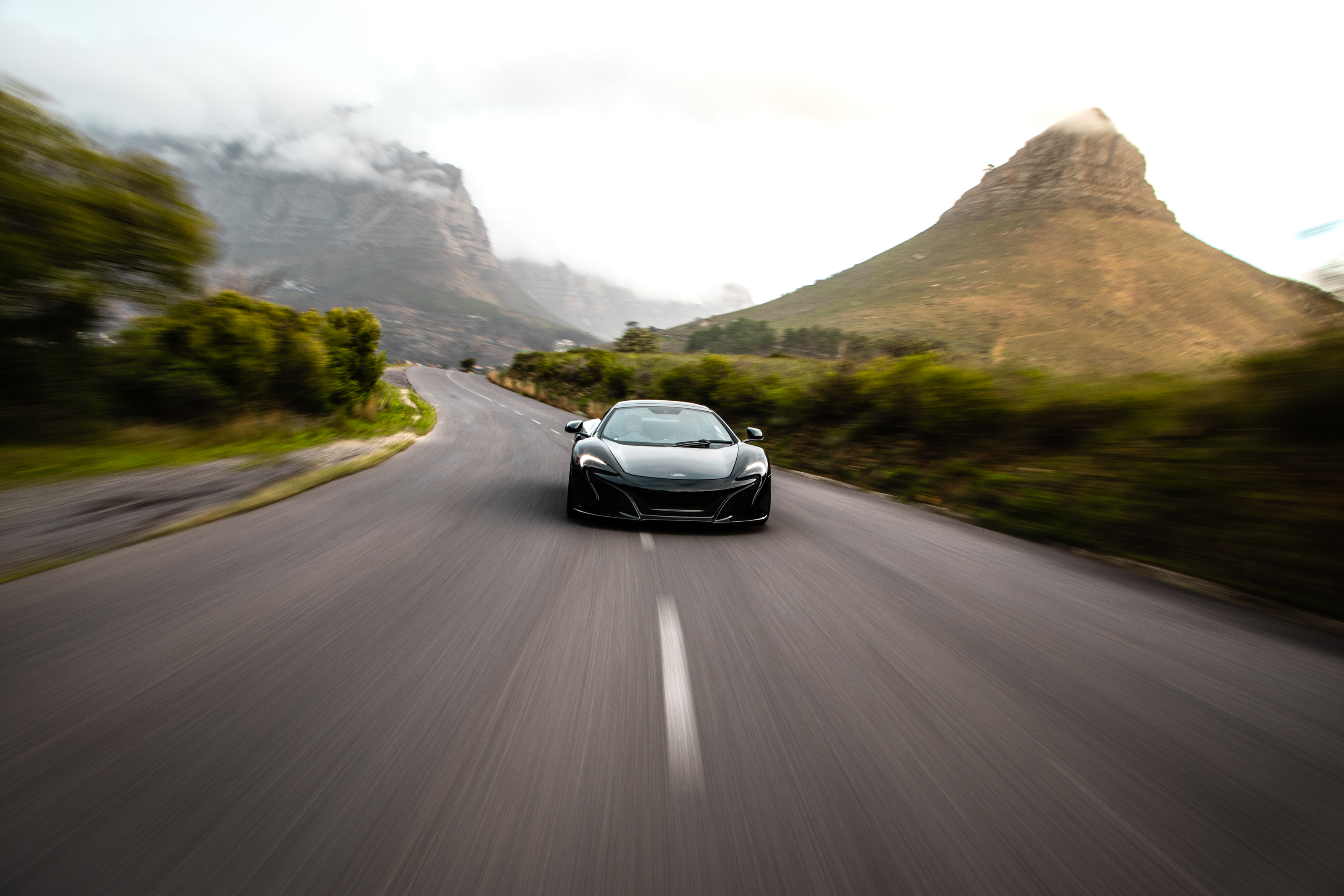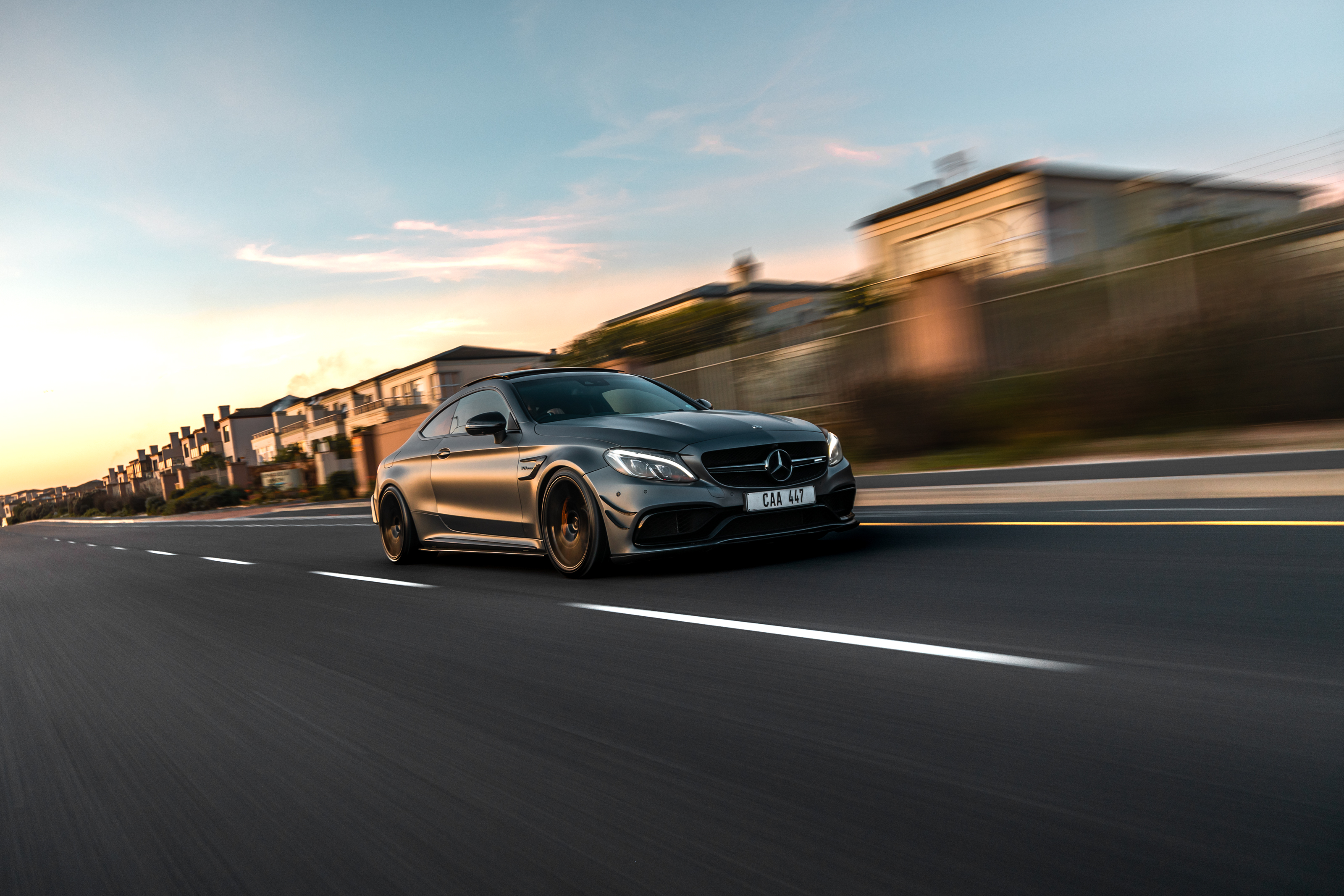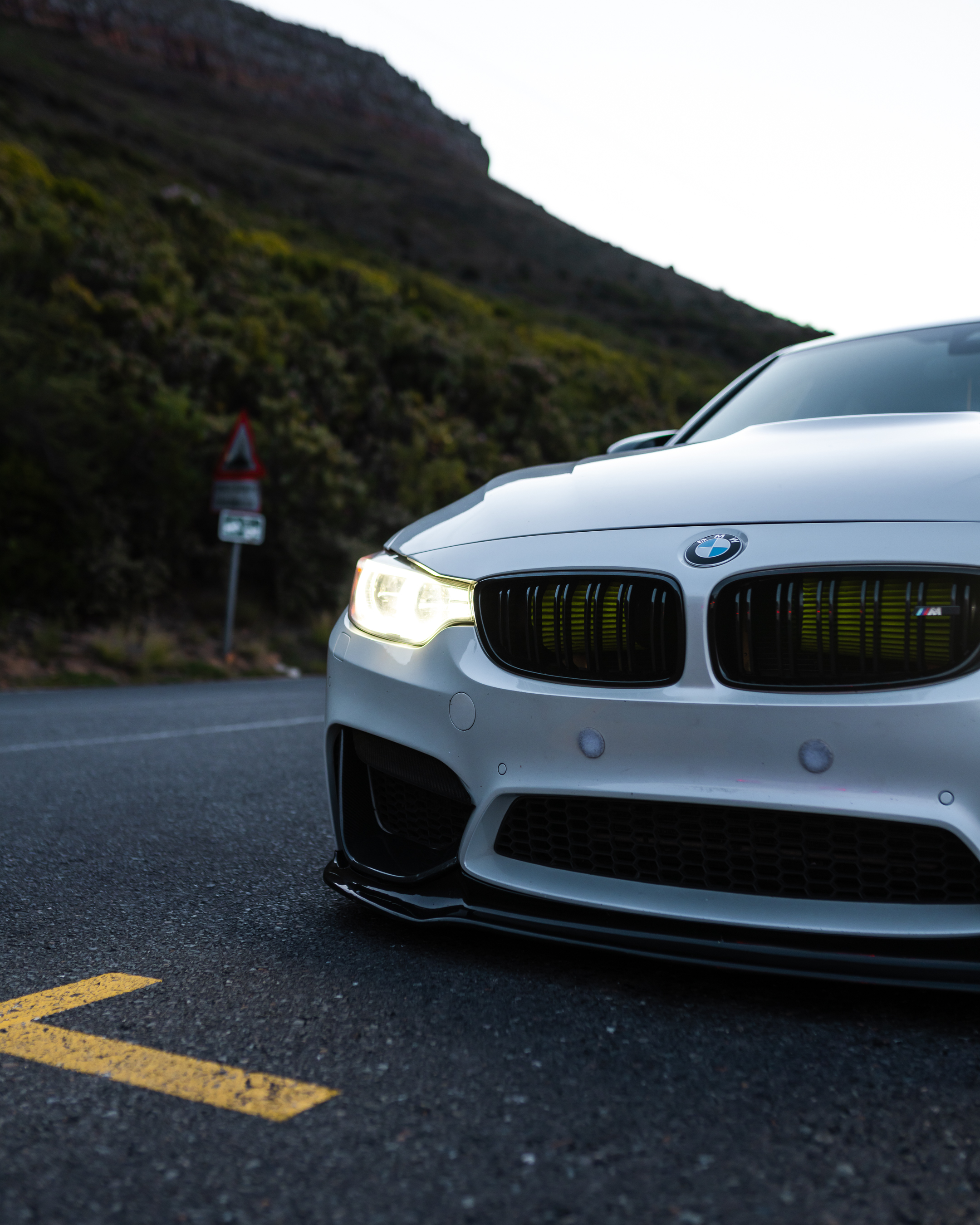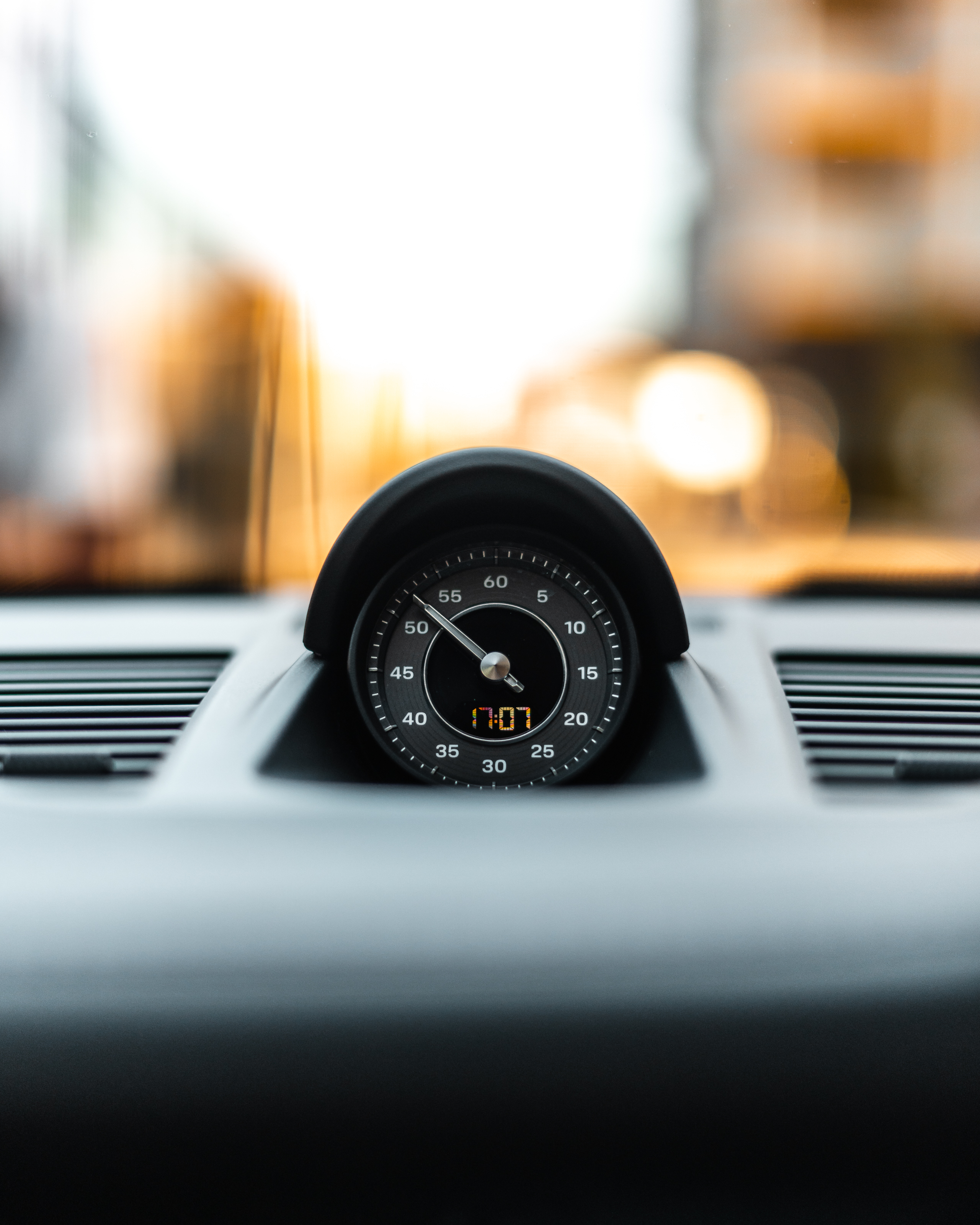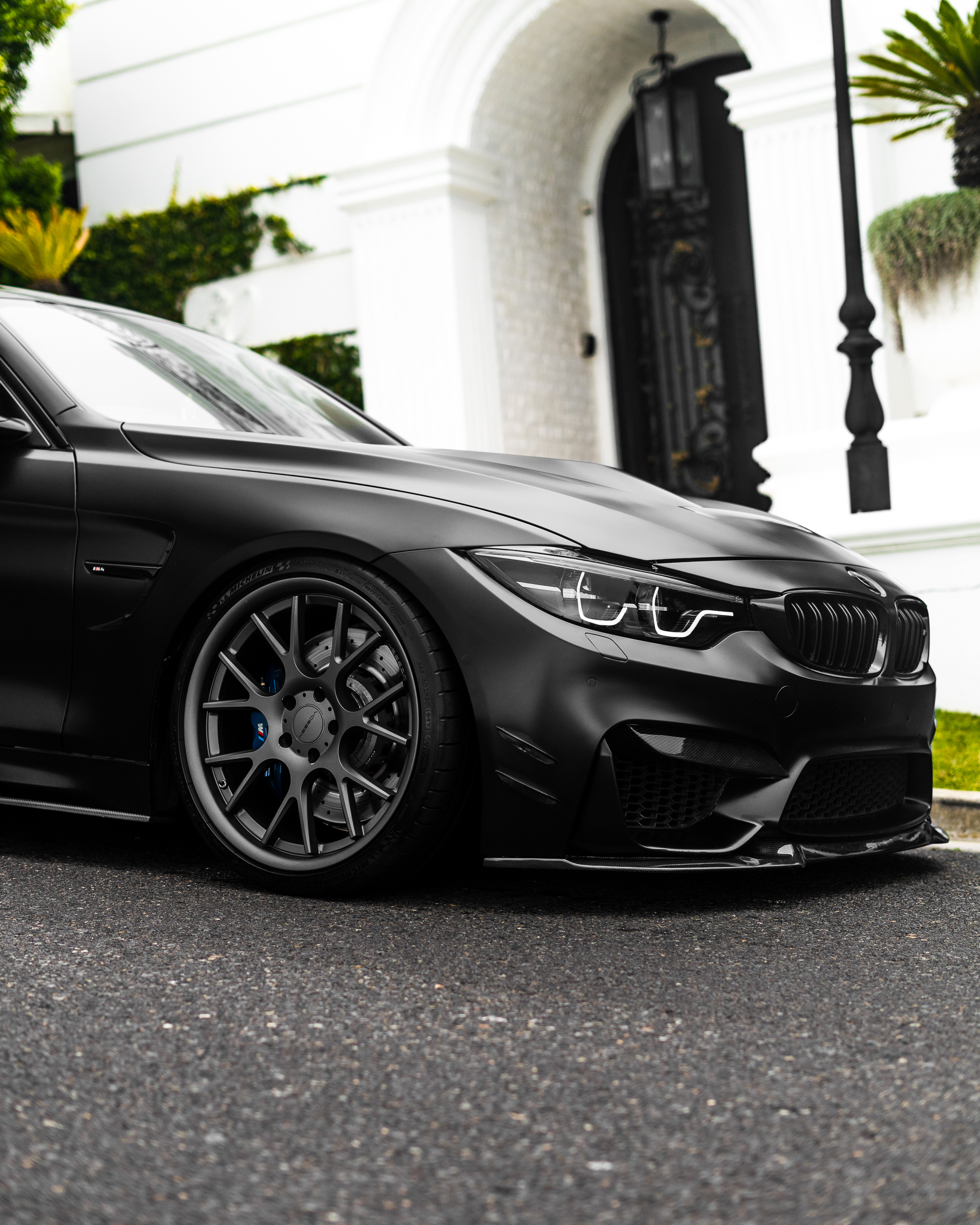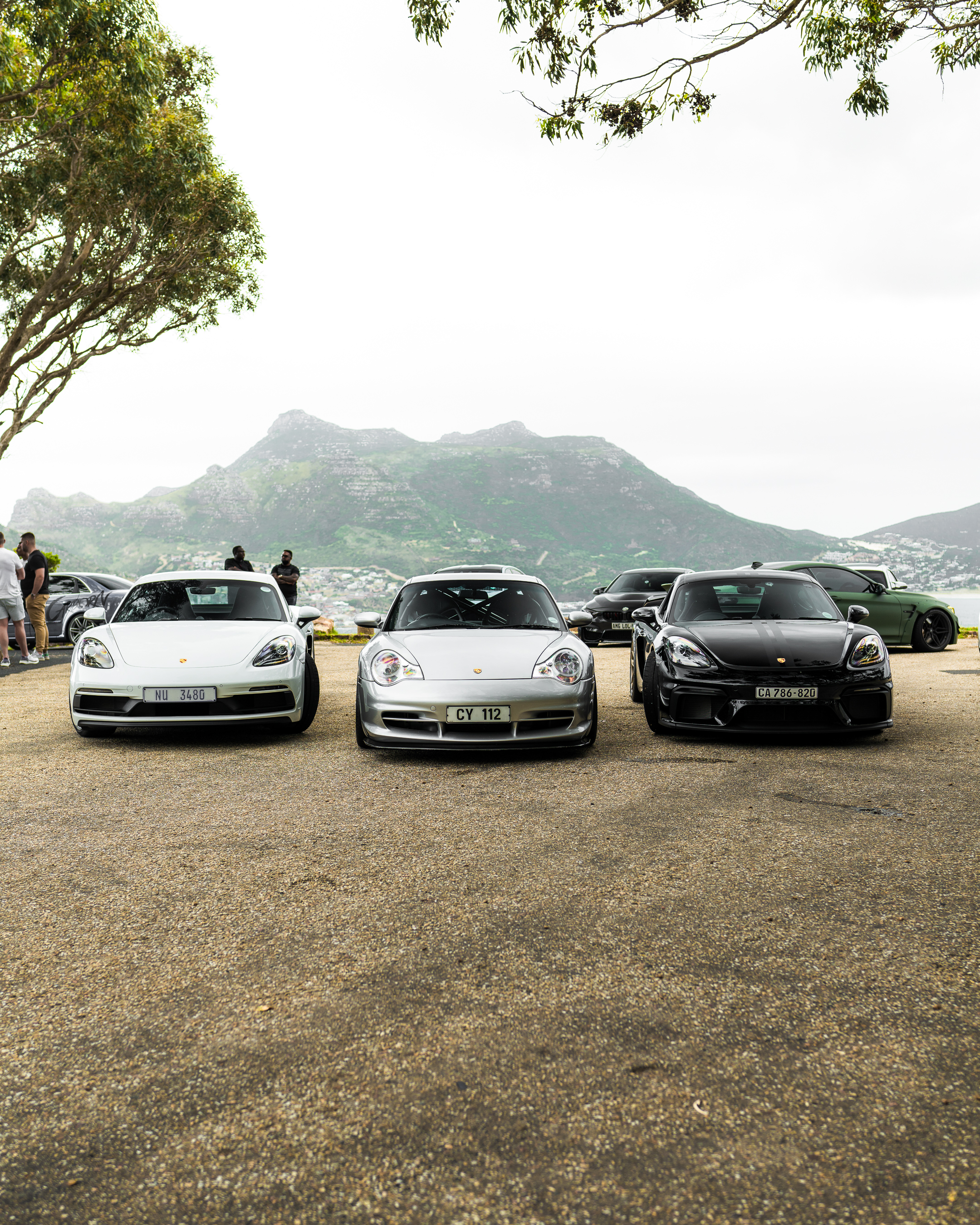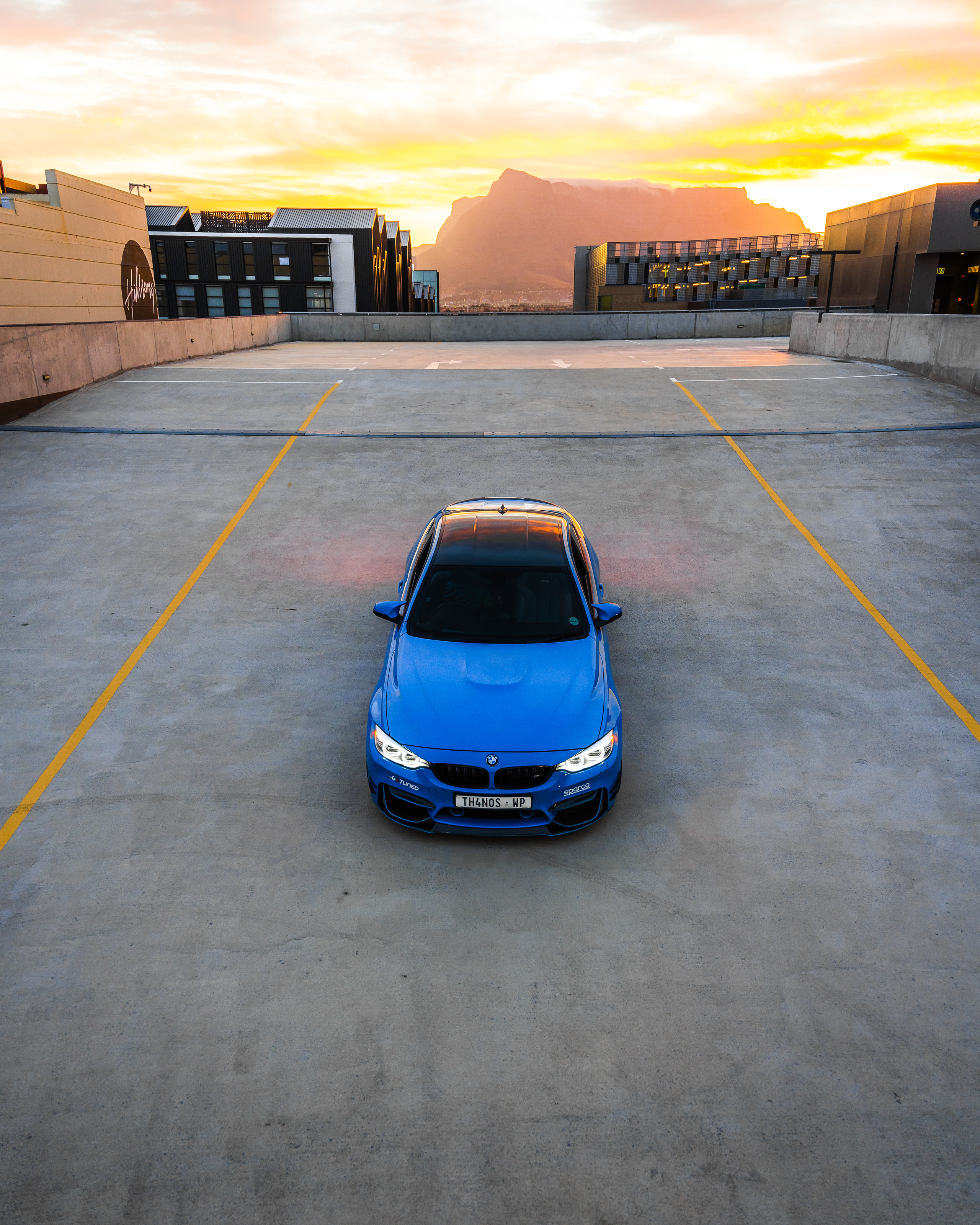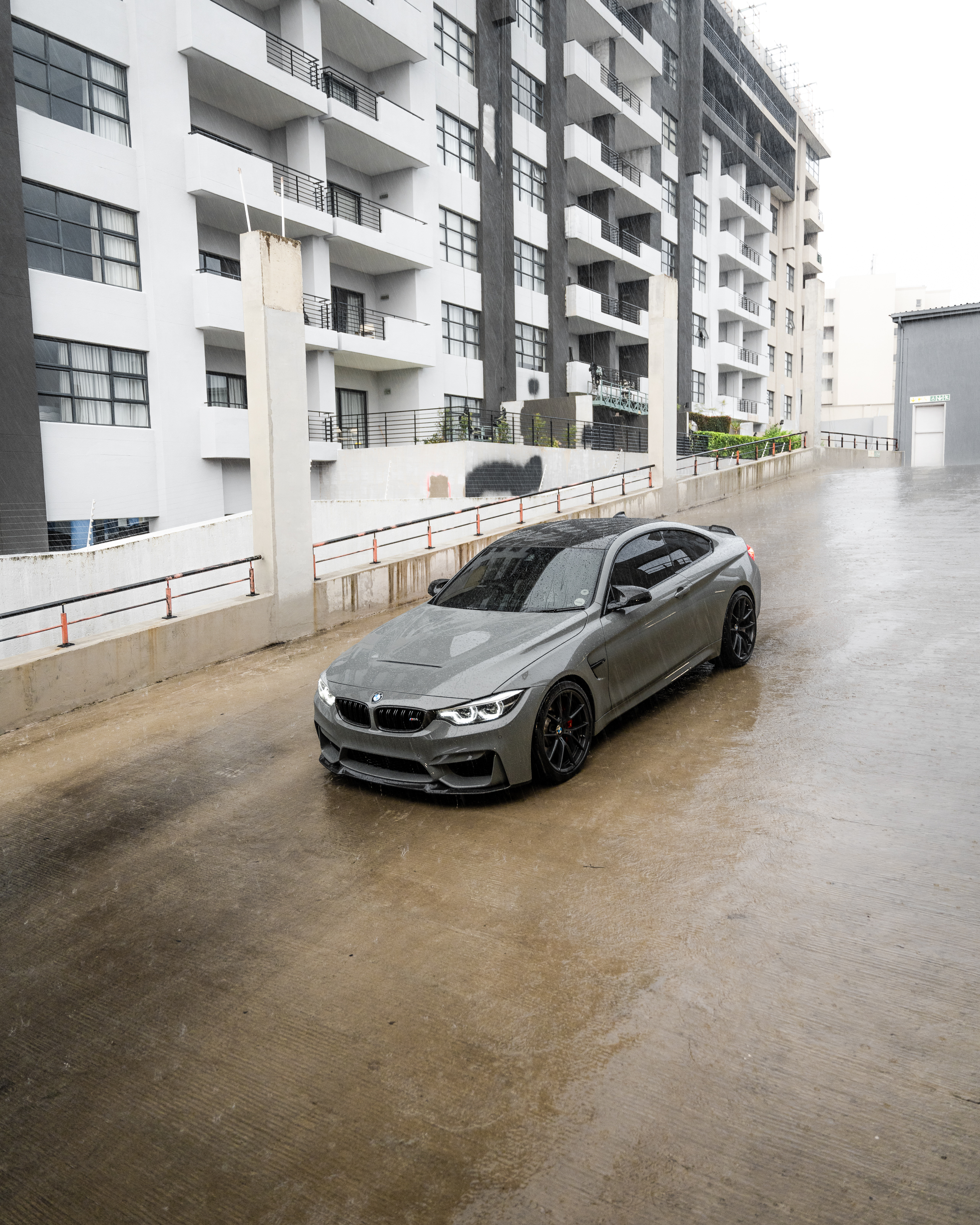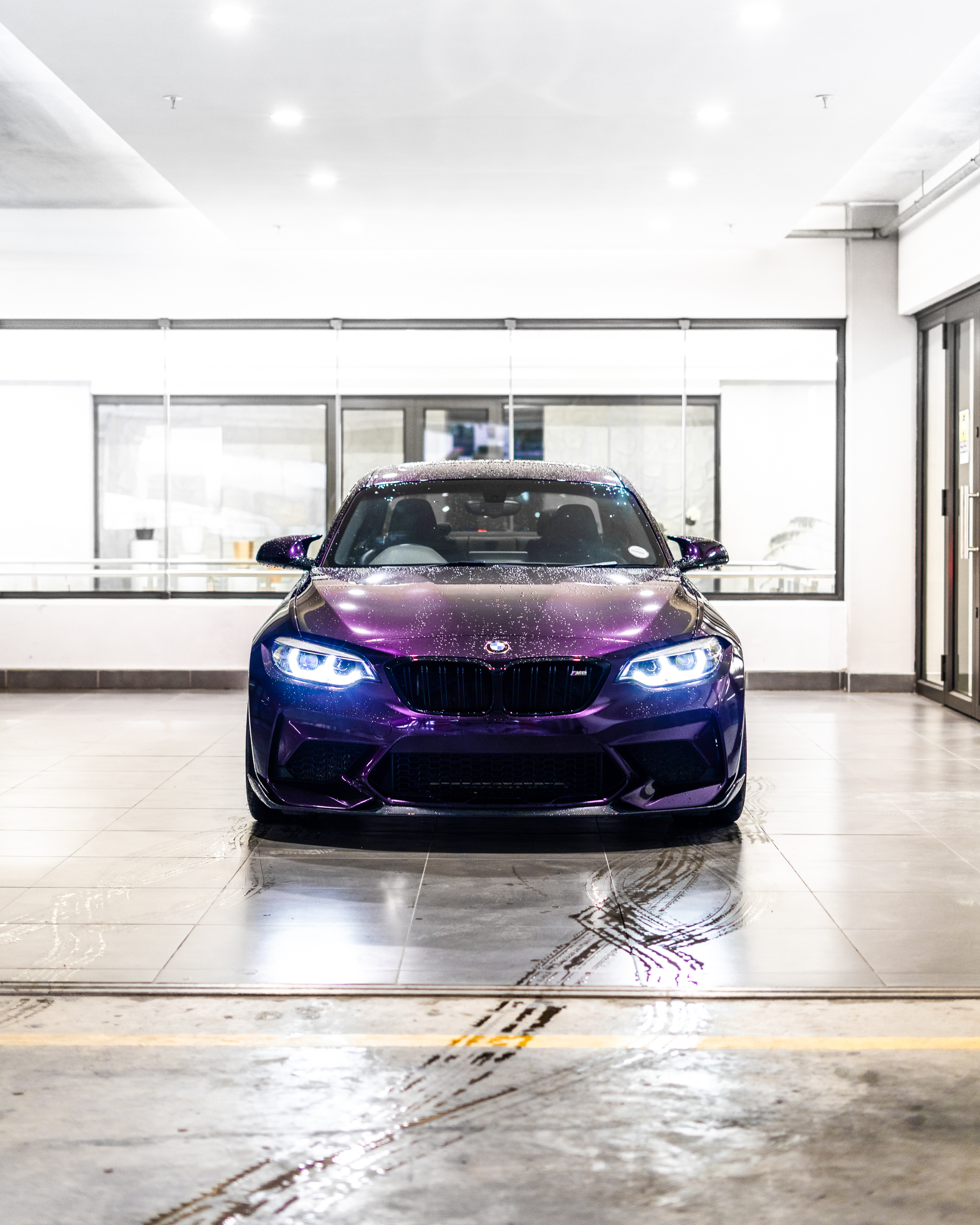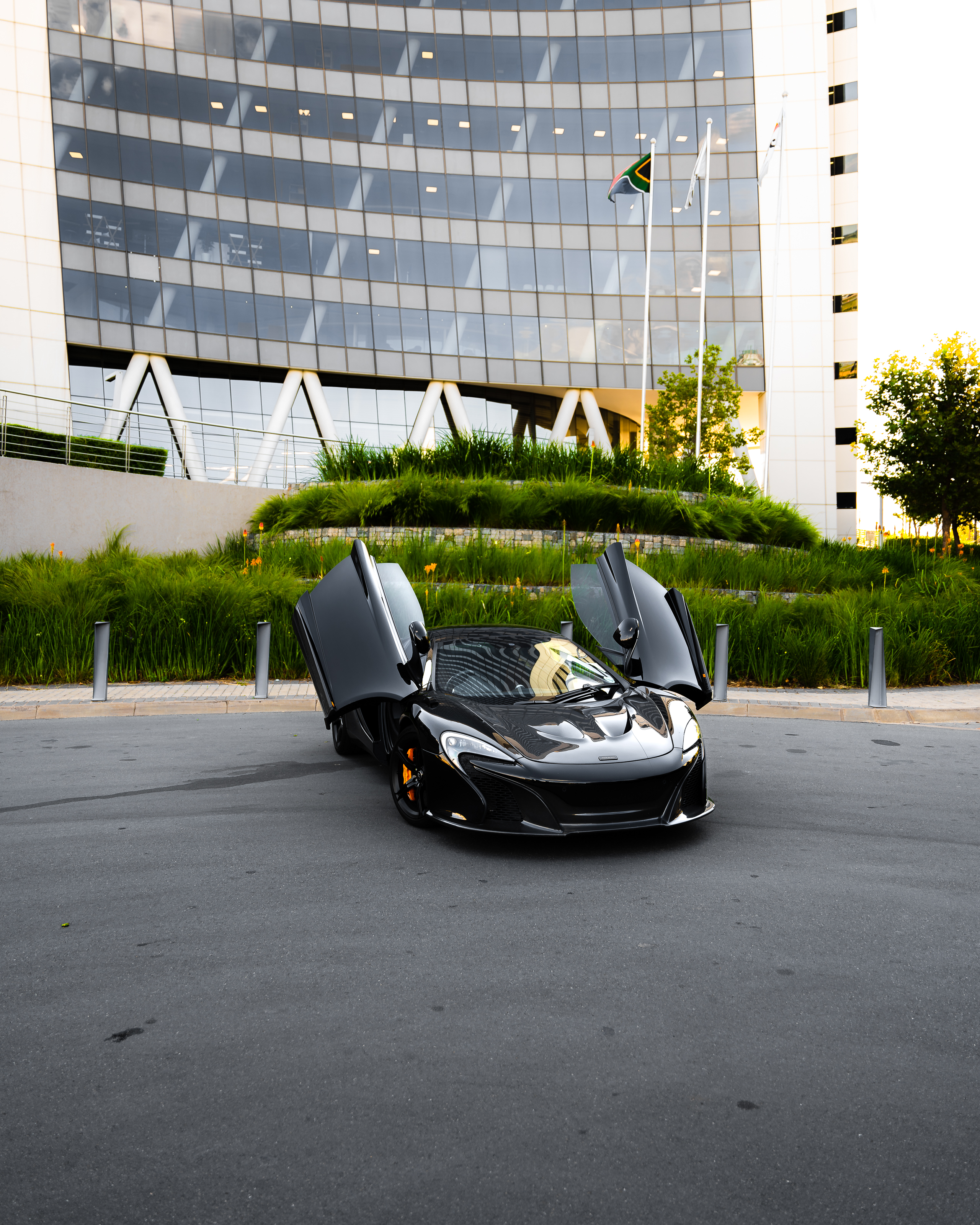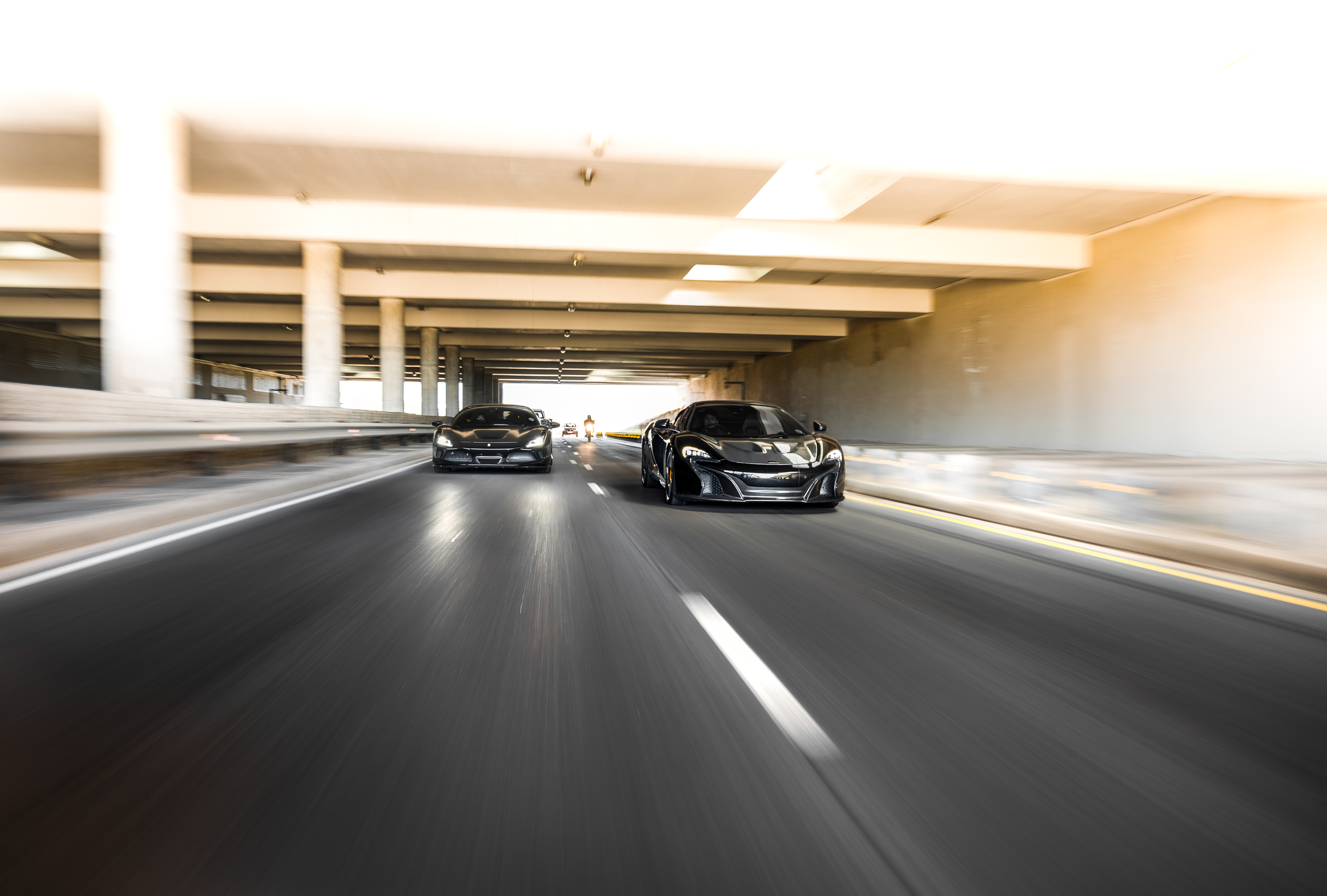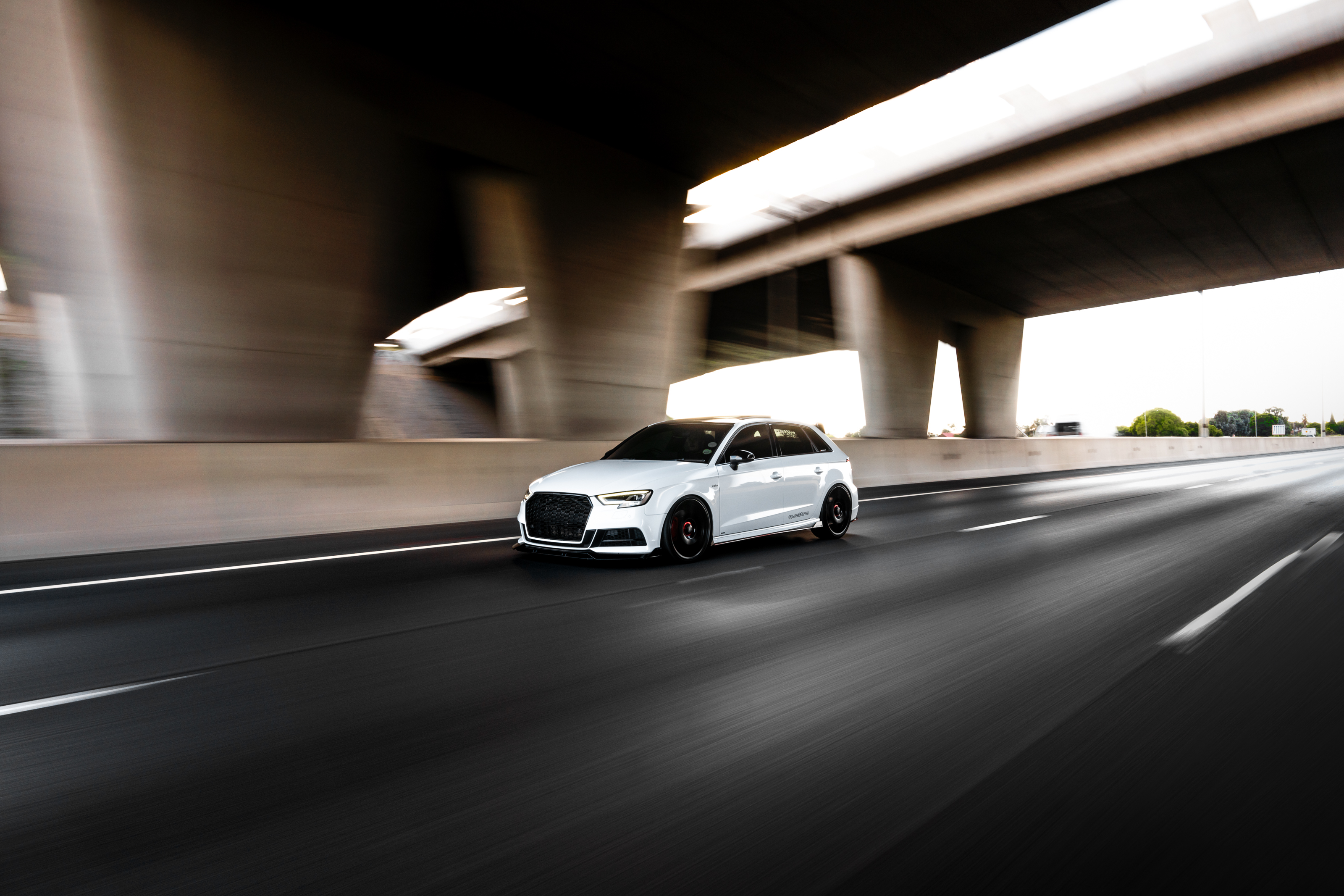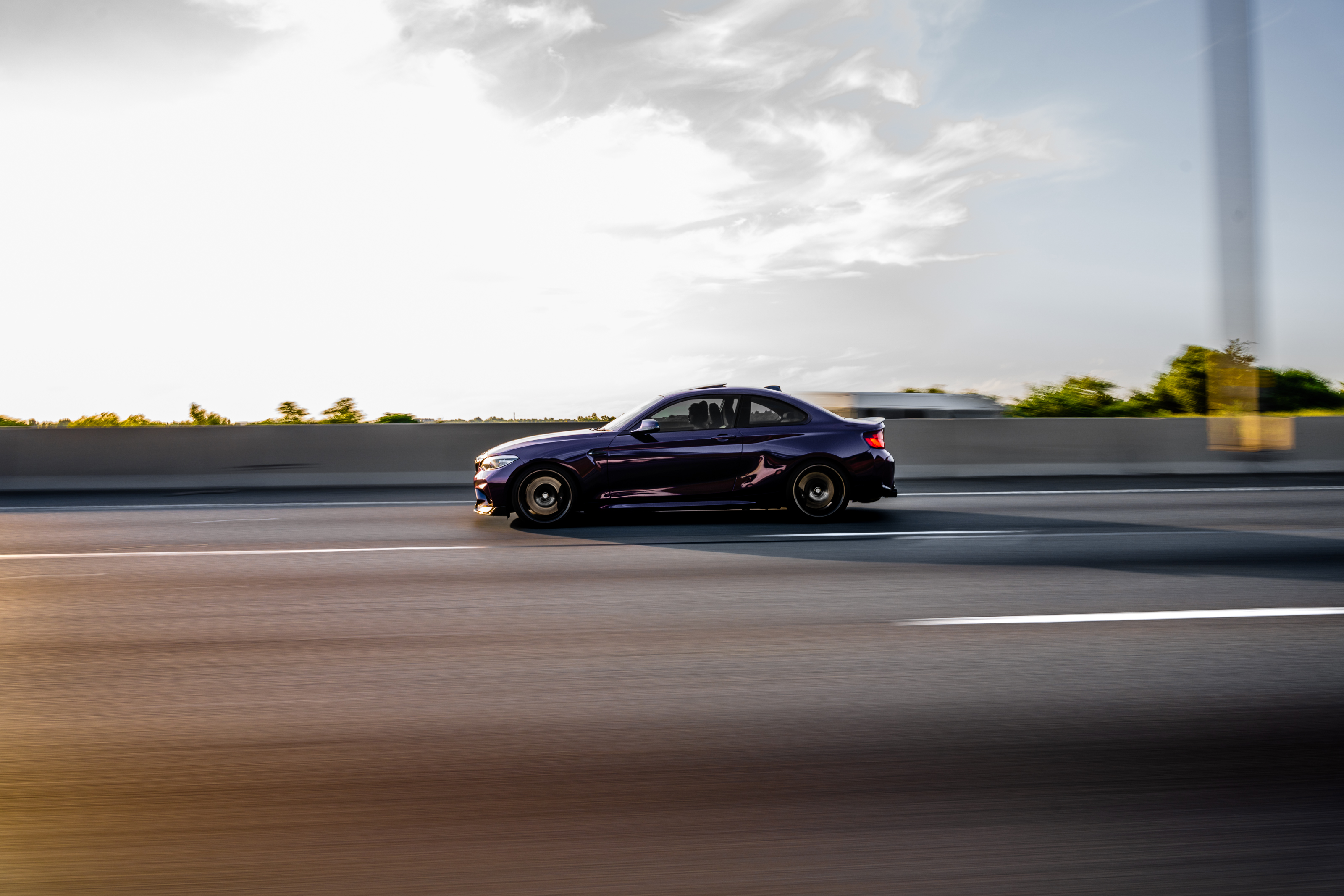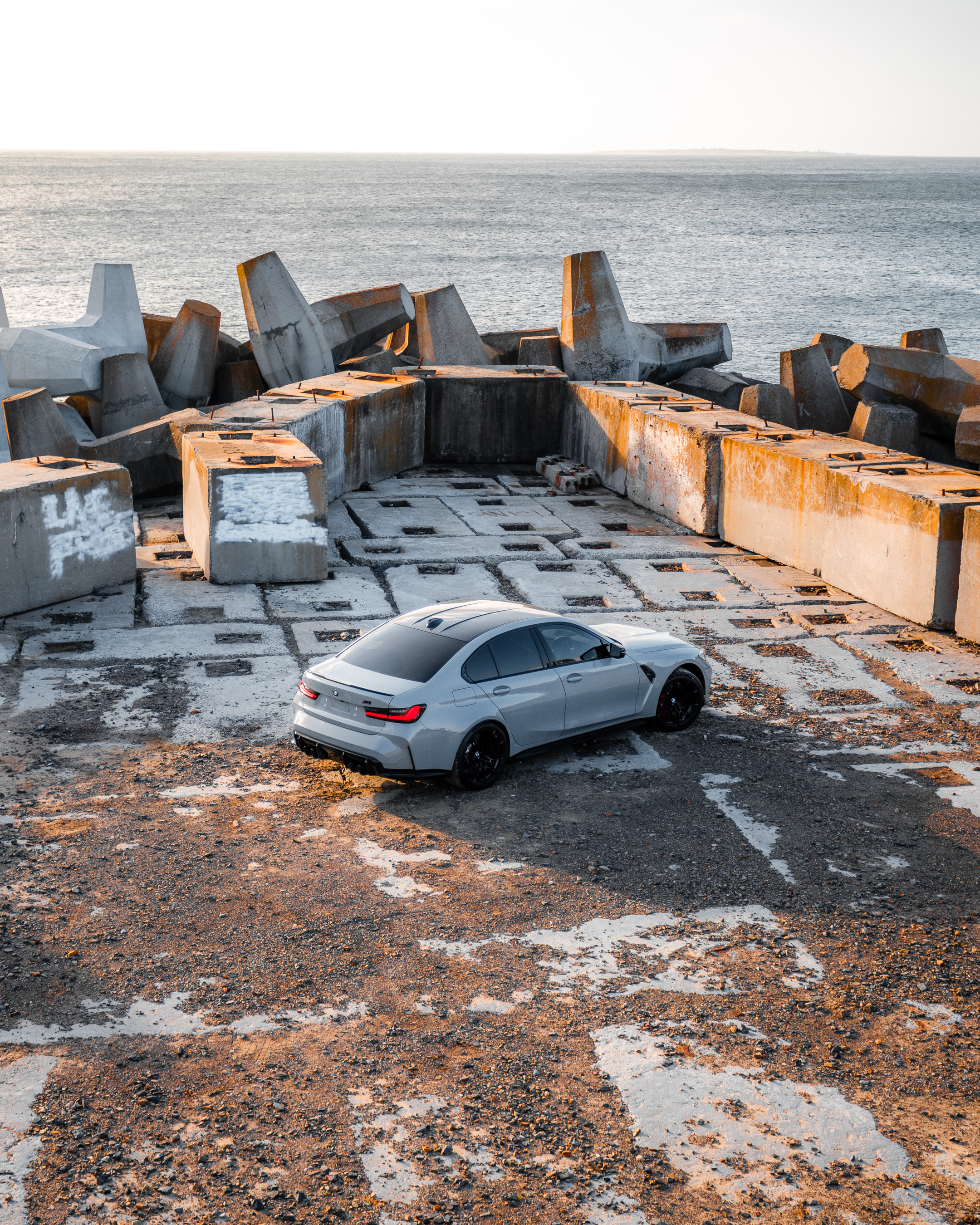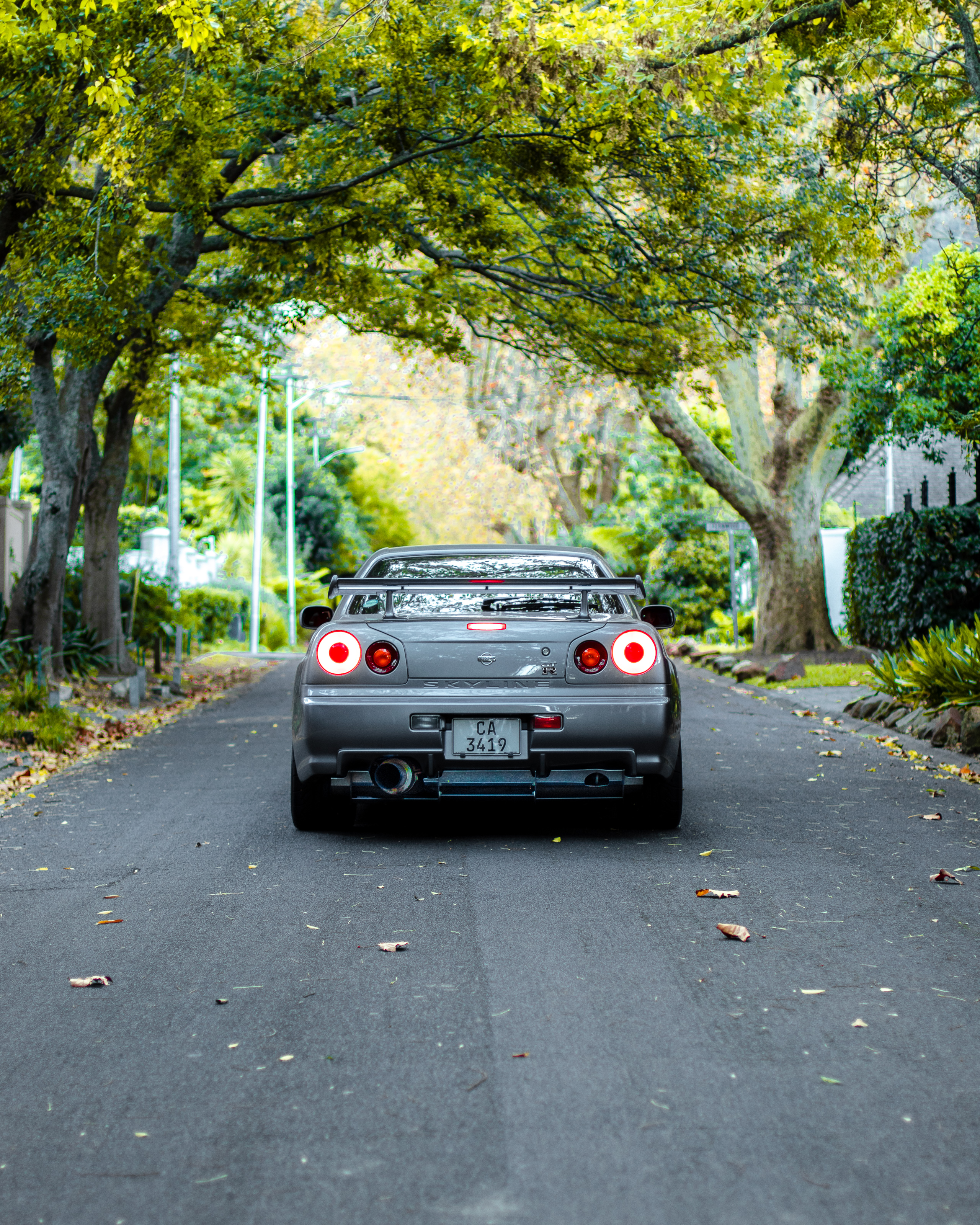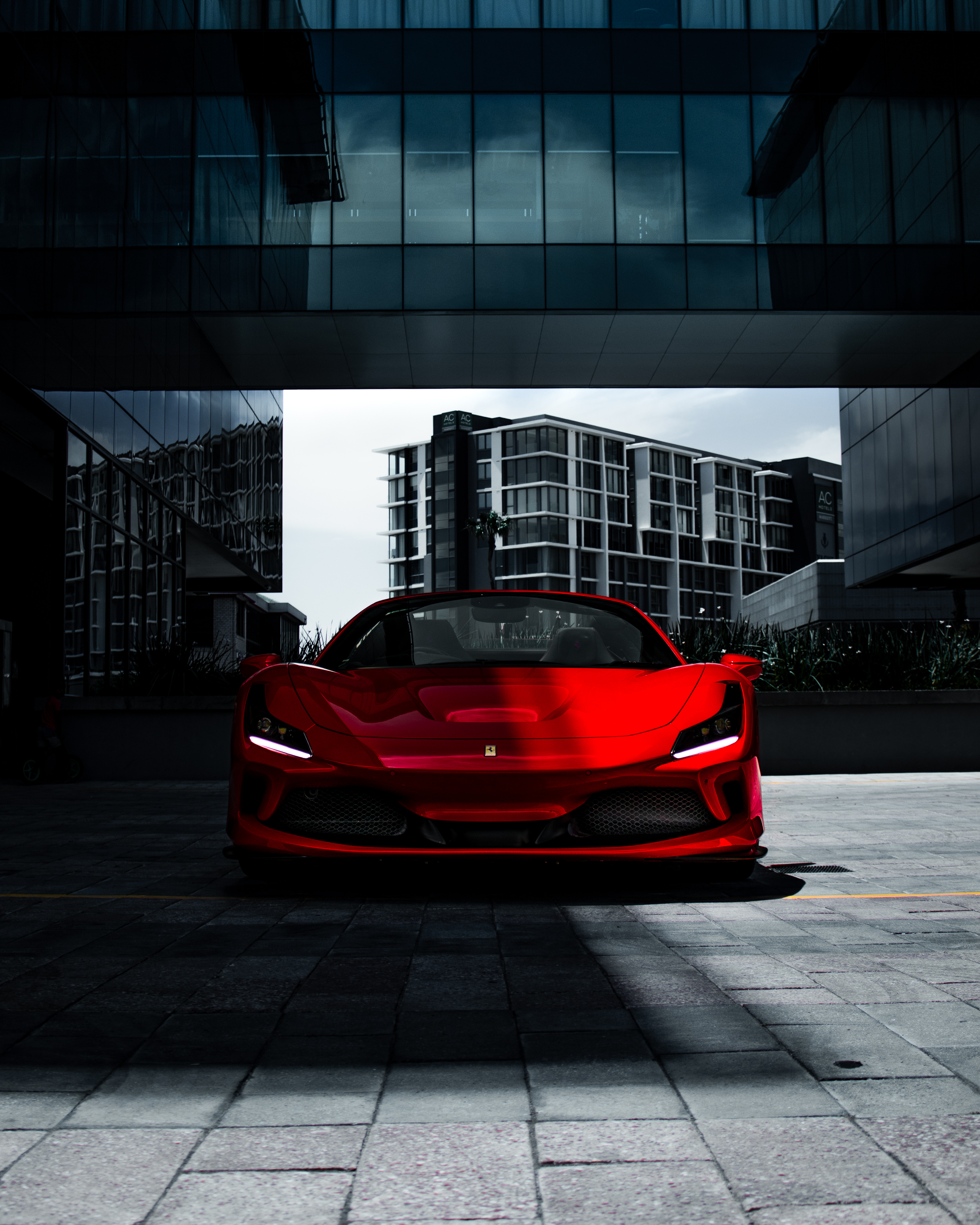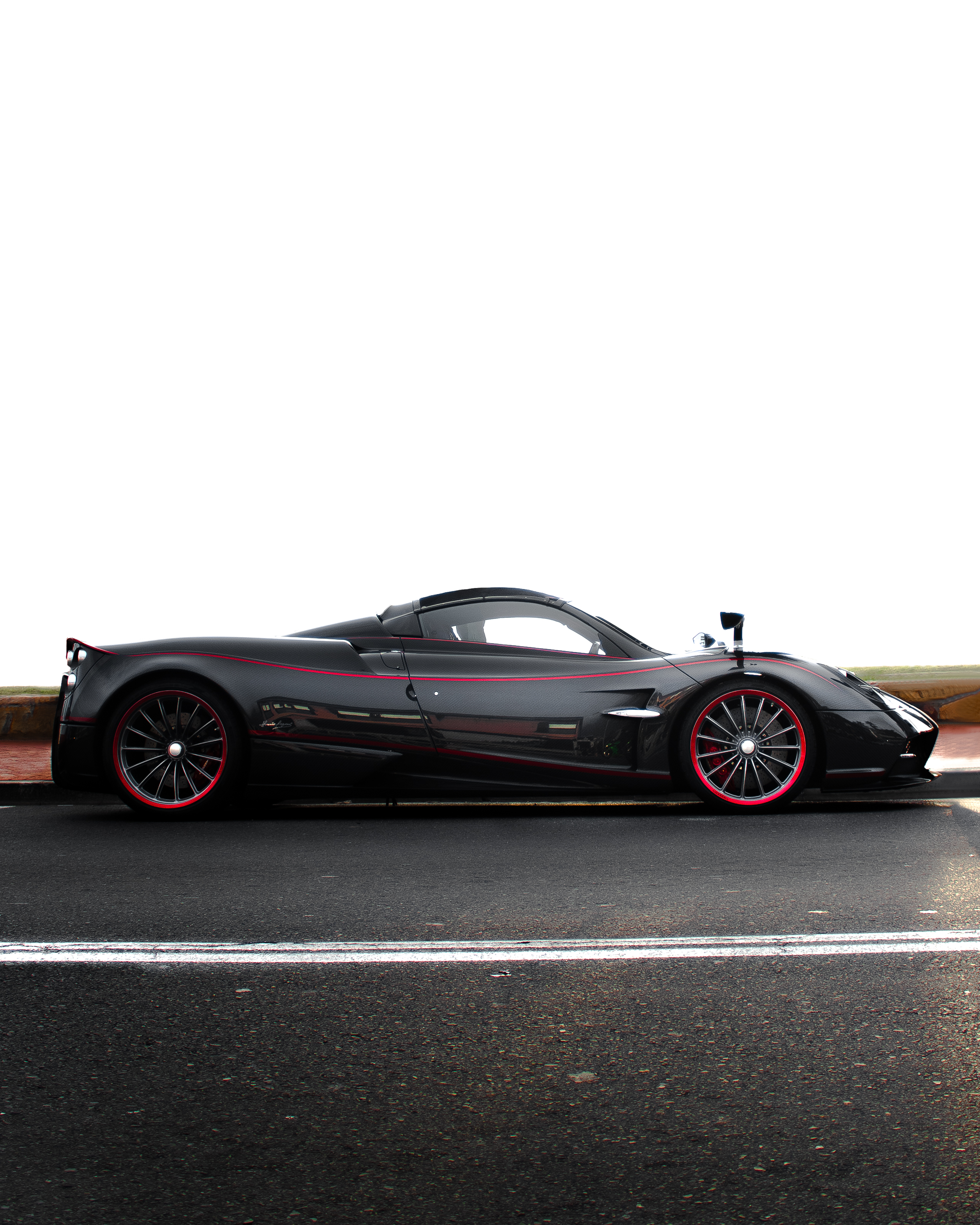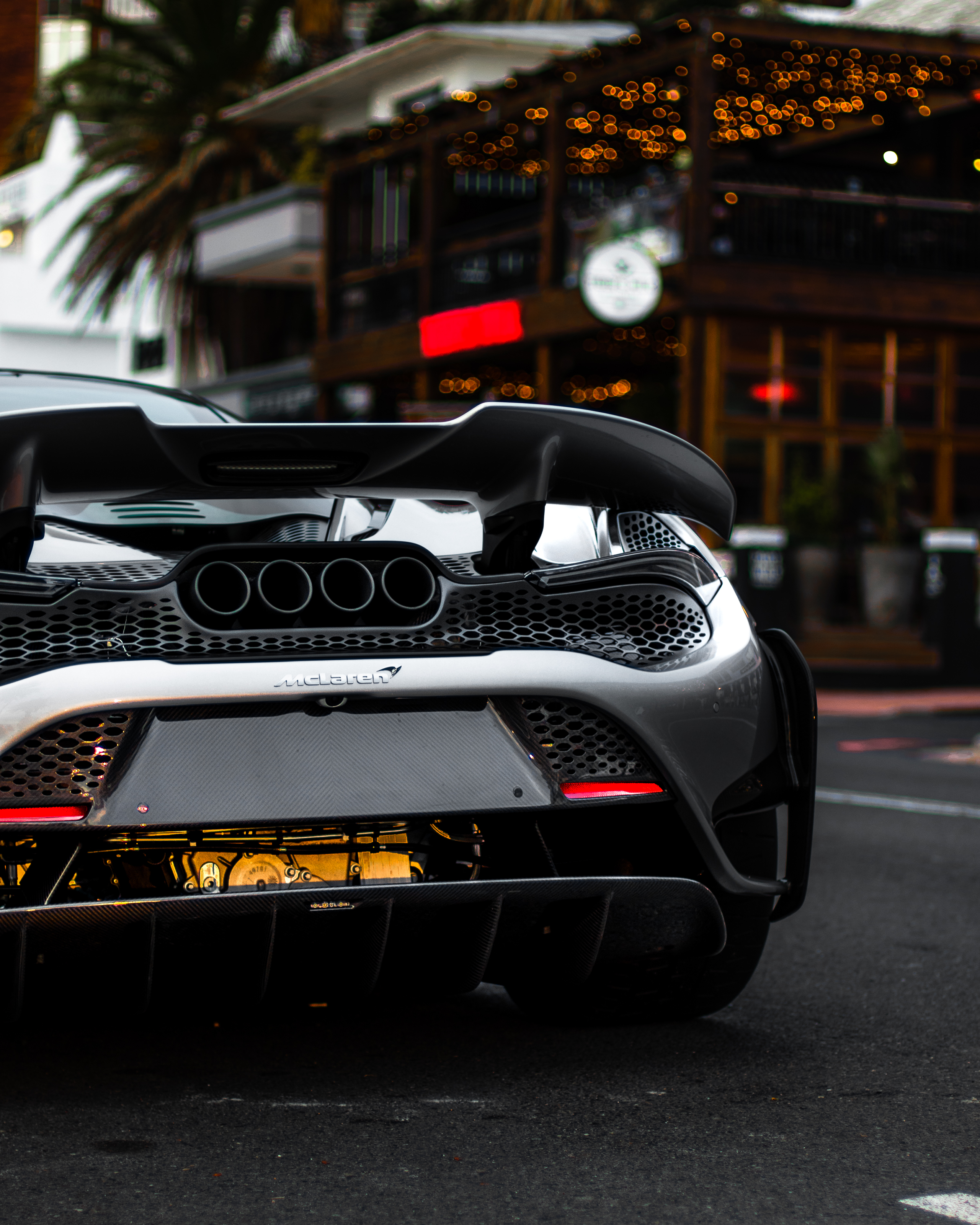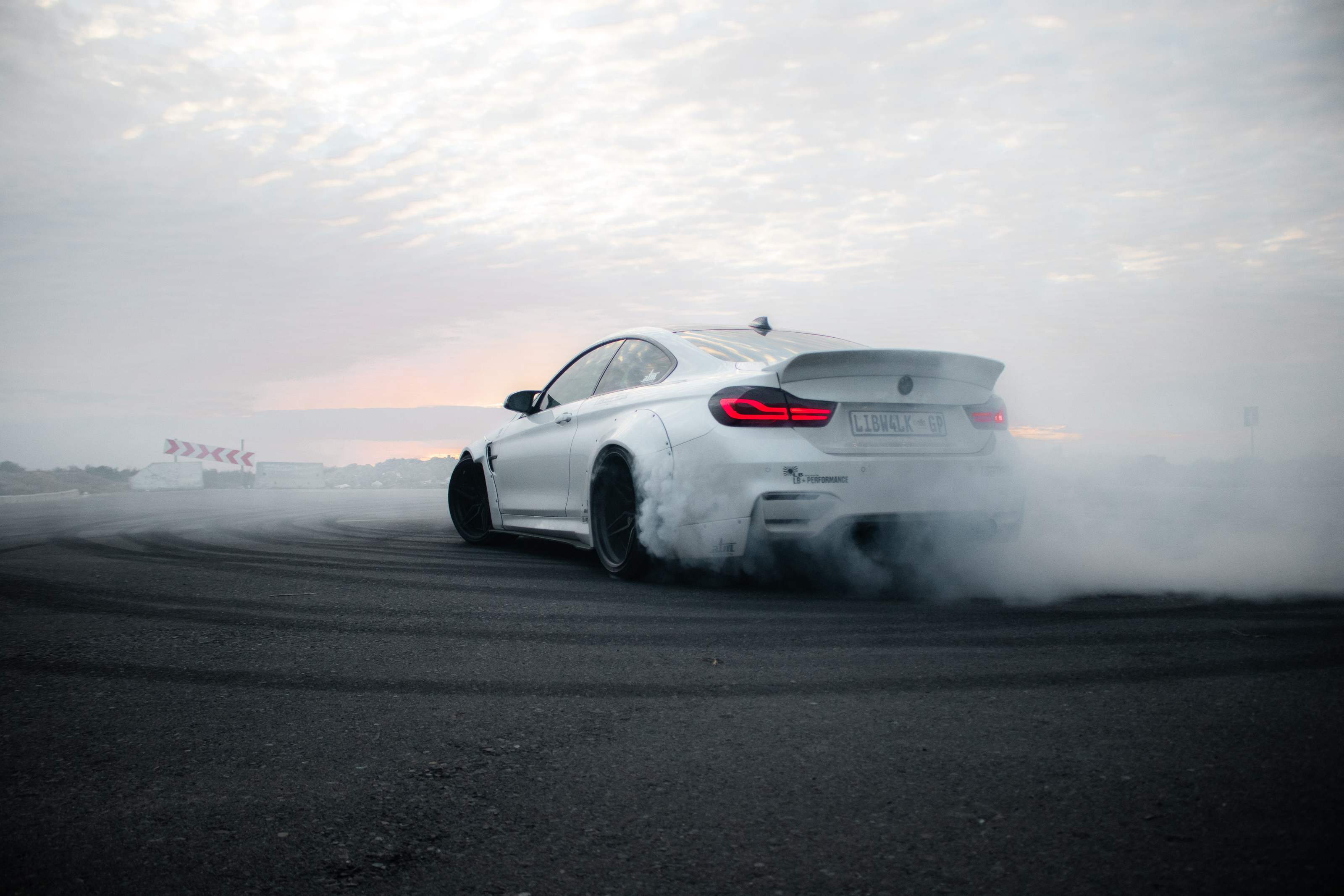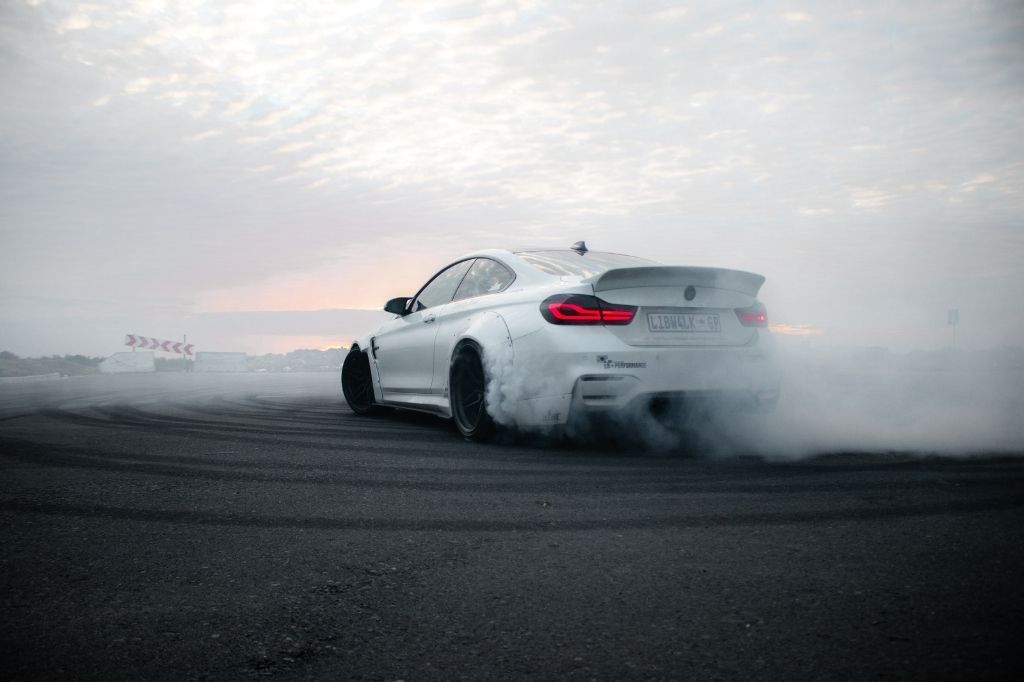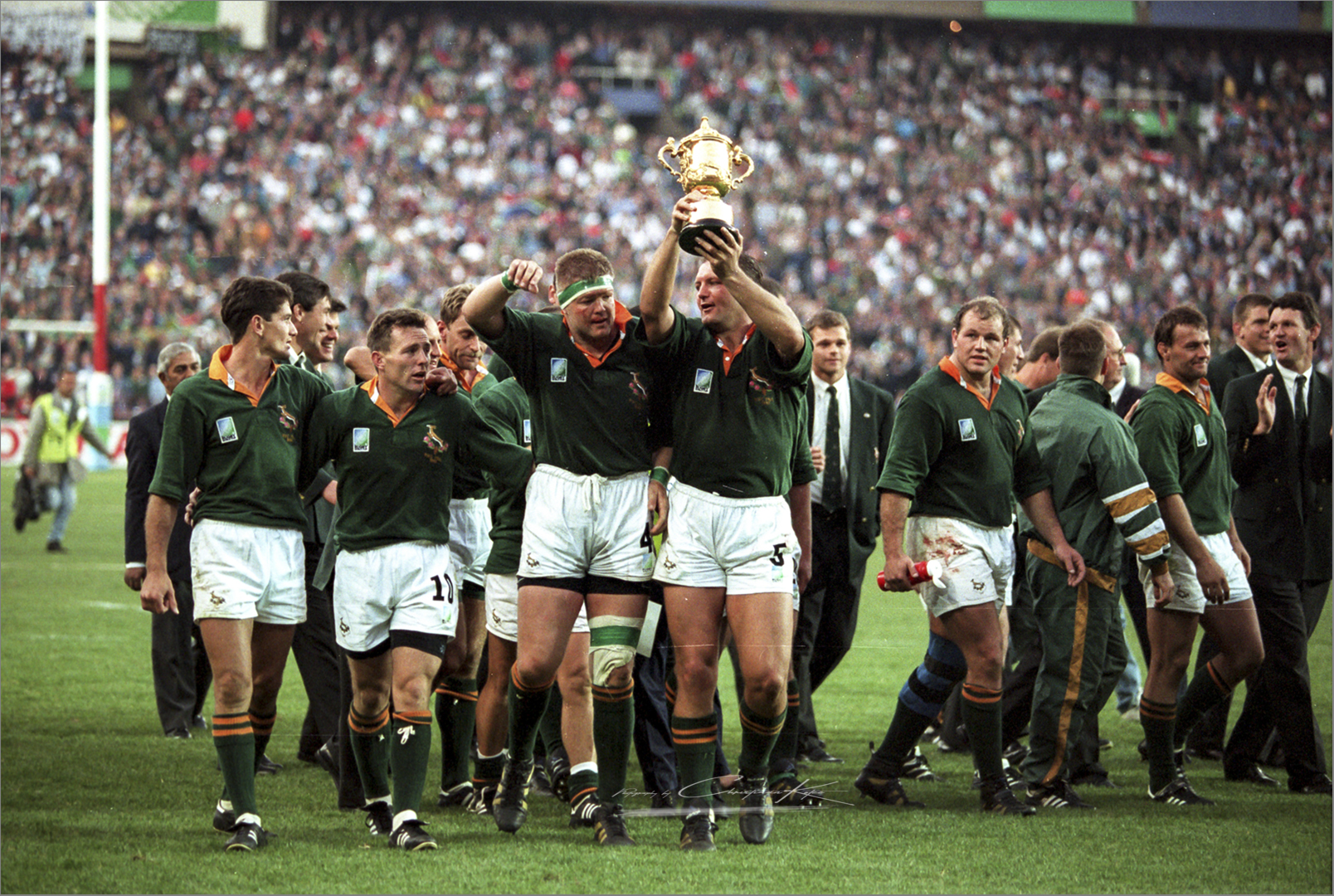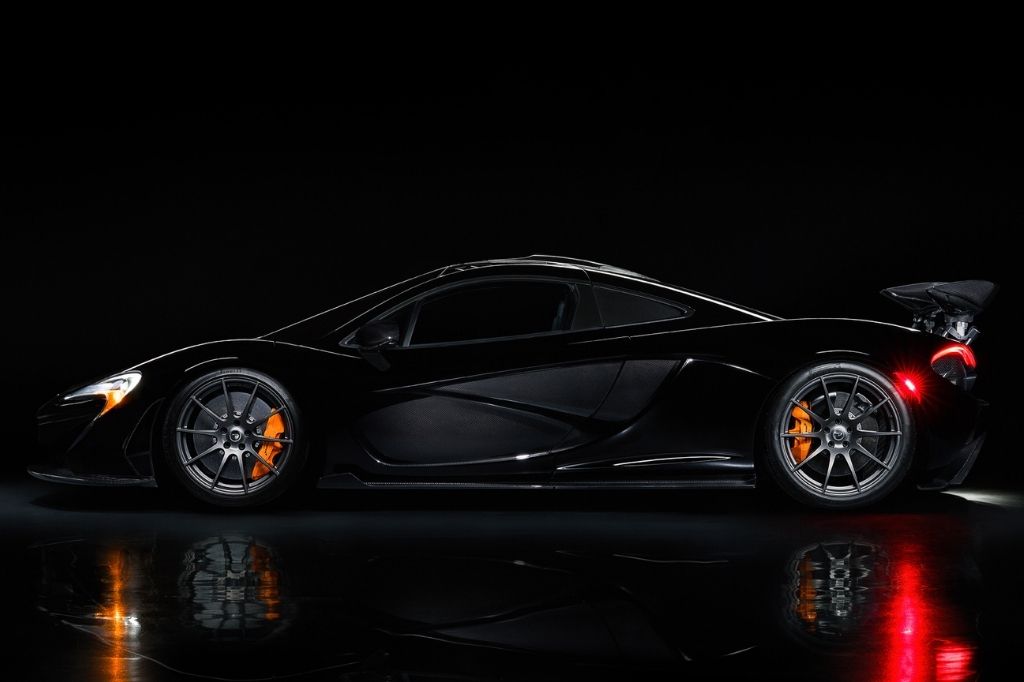Capetonian photographer Zaheer Jeebhay originally started his career as a portrait image-maker, but one key interaction with a particularly striking car lured his focus into the realm of automotive photography. Zaheer specialises in shooting luxury cars situationally, putting these high-end and eye-catching vehicles into carefully selected environments that best showcase their unique features. Shortly after discovering his distinctive photography on Instagram, we chatted to Zaheer about his favourite locations for shooting car photography, his top tips for those getting started in this sector of the photographic industry, and the gear he recommends that all car photographers have in their kit bag.
More of Zaheer’s exquisite automotive photography can be found on his Instagram @unknwneditz. You can find out more about him and how to work with him on his website.
Tell us about the birth of your passion for automotive photography. When did you start shooting cars, and why?
It started in 2019. I’d probably been taking photos as a paid profession alongside my schooling for a year at the time. I was doing a matric dance when I saw this blue BMW 435i pull up two houses down. Super clean, lowered and no plates. At this point, I didn’t know much about cars apart from general knowledge you hear from friends and see on social media. I had however been noticing that more and more people were taking photos of these high-end sports cars and supercars here in South Africa and thought to myself (not to sound arrogant) “I can do 10x better.” The only reason I thought this was because I wasn’t seeing anything that I thought was amazing or eye-catching.
Nevertheless, I ended up shooting that same 435i a few months later and it’s safe to say that the photos were terrible when I look back at them. However, I didn’t think that at the time and nobody told me they weren’t good either, so when I asked to take photos of my friends fathers BMW M3 F80 (which was a massive step up in both cars and the photos that should be taken) my ego was somehow through the roof post-shoot.
I made sure everyone liked, commented and shared my photo set on Instagram. It also ended up being a post where every dealership and automotive Instagram page under the sun was tagged. Furthermore, the photos ended up doing quite well somehow and still, nobody told me they looked sub-par.
At this point, I was a man on a mission which led to me direct messaging someone on Instagram (now a close friend) who has one of the most well-known BMW M4s in Cape Town. Without those first few cars and my friend with the M4 giving me that opportunity at the time, I definitely would not be where I am today. He gave me a chance and a glimpse into what cars were really about and then kept giving me work, motivation and experience which then spilt into a passion for automotive photography and my current part-time occupation. An occupation which I hope to one day pursue full-time if granted the right opportunity.
Do you have a favourite setting for shooting cars? If so, what is it, and how do you feel it shows off the subject matter best?
This is a tough one. I believe that every car is unique, so trying your best to find a setting that fits not only the cars’ personality but its aesthetic and colour is extremely important.
That being said, I do tend to have more of a bias towards urban settings, so anything from bridges to tall buildings to shipping docks really put me in a more exciting frame of mind. However, here in the Mother City, all the locations that make my jaw drop are “restricted areas”. Due to that, I definitely hold the record for being kicked out of every single place I’ve tried to shoot at, which means I’m currently 15/15 (if there is anyone that can give me unrestricted access to these types of places please hit me up, I will love you forever).
Anyway, coming back to how certain settings show off the car, these urban locations hold a unique aesthetic. It’s a place that people drive through every day but don’t necessarily stop and admire. So when you go out, capture a particular car and post the photos, you are automatically creating a connection between not only the viewer and the car but the viewer and a somewhat familiar feeling of your location (if that makes any sense).
Please share your top 5 tips for shooting dynamic and aesthetically pleasing car photography?
Personally, I feel that no amount of tips can make you take a good automotive photo. It’s all about the time and effort you put into it and finding what works for you. Be yourself. Yes, try to take inspiration from other people, but be authentic and true to your own style. This will help you develop as a photographer and attract a lot more people to your work. Nevertheless, these are my 5 tips one should consider when shooting cars:
- Pick the time you decide to shoot carefully. Sunrise and 1.5 hours leading up to and including sunset are prime times if you want to get amazing lighting that doesn’t reflect ridiculously off the car and give you unusable and unappealing photos. Not to say don’t shoot during the day, just be aware of the type of light that’s being cast by the sun. Overcast days are also generally nice because they provide naturally diffused lighting while shooting in the rain can give you what I think is an underrated and unique vibe to your photos. Lastly, if you’re feeling dangerous (and have a Sony, just kidding) go out and shoot at night, you could end up taking a “certified banger”!
- Get creative with the angles you shoot and the way in which you park the car. Don’t just stand in one spot with the car dead straight. Get low to create a superior complex of the car. For example, park the car at a 30-degree angle with the wheel turned in to show more of the car’s shape. Use your surroundings to get above and shoot some top downs. This will allow you to capture a variety of shots that can highlight certain features of the car. Finally, try shooting through or behind other objects to create a more dynamic range between foreground and background.
- Pick locations carefully. It’s something that was mentioned in the previous question, but it’s worth saying again. Find locations that suit your car. Look for things such as symmetry in buildings or contrasting colours. This can make all the difference to allow not only the car but make your photos stand out from the rest.
- Don’t forget the details! Each car is unique, which means that they all have certain details that make them special. Always try to find and capture those details with a shallow depth of field so that you can show the car in a light which not many people would have thought about. This will allow you to attract people’s eyes due to details being so aesthetically pleasing to look at.
- Editing is a tool that can make or break your photos. Over contrast, saturate or generally edit your photos and you are automatically begging for no client work. Try to strike a nice balance between a natural and enhanced feel where in most cases your colours pop and add a wow factor to your photos. Furthermore, apply this balance to any other vibe you trying to give off, whether it be moody, desaturated, film-like, etc. because as time goes on you will realise that editing in moderation is key to creating an overall amazing photo. Everyone has their own style, so it’s your job to try and find it. It’s what ultimately makes the finishing touches and details on your photos different from everyone else.
What gear is essential for automotive photography? What do you have in your kit bag?
I would like to start off by saying that it is very possible to use whatever gear you have and create something special. A lot of the time we don’t have access to top of the range gear, so use your experience to let your work speak for itself.
However, ideally, in terms of lenses, I think it’s great to have both a wide-angle lens (such as a 16-35mm or 24-70mm) and a prime lens (such as a 35mm, 50mm, 85mm or 105mm). The reason I say this is that for things such as rolling shots and capturing a surrounding-oriented photo, you want to have a lens that gives you the versatility to quickly change and capture the same photo at different focal lengths.
That being said, a prime lens for me is also key when shooting automotive photography because of its sharpness. It can transform a photo just based off of that extra definition and also allows one to capture details and tighter shots at that shallow depth of field of f1.2, 1.4 or 1.8.
A tripod is also very important, especially if you’re shooting at night or low light. You don’t want to be stuck with shaky photos or limit your creativity just because you forgot to bring something that will help stabilize and provide different supported angles for your photos.
Finally, circular polarisers and certain ND filters are game changers and I definitely recommend everyone do research on them and find the right one for their needs. In automotive photography, I’d strongly suggest a circular polariser because it helps remove and/or control reflections on the car.
In terms of my own camera bag, I own very little. I currently use a Sony A7R IV with a Sigma 24-70 f2.8. I also sometimes borrow a Sigma 35mm f1.4 or a Sony 50mm f1.8 from friends to help me with those shallow depth of field shots I spoke about and use a K&F Concept tripod when needed.
